Welcome to SPEED! This episode on Spotify and Apple Podcasts.
Keenan Wyrobek, Zipline
Deliver life-saving medical supplies to people 9000 miles away, using robots that don’t exist yet. Every month you delay, hundreds of people die.
No, this isn’t Squid Game, it’s the inspiring story of brilliant hackers shipping life-changing technology at an absurd speed.
Keenan, Keller Rinaudo, and Ryan Oksenhorn cofounded Zipline in 2014. By 2021, they became a $2.75B company that had saved tens of thousands of lives and raised $490M. Zipline now delivers medical supplies in >5 countries to communities of tens of millions of people. In Rwanda, 75% of blood deliveries outside the capital use Zipline.
They've overcome flying in storms, deploying in many countries, and managing safety-critical logistics.
Three lessons on how Zipline has moved fast:
1. Iterate insanely quickly
Over 28 months, Zipline built and tested hundreds of prototype planes, launchers, and catchers to find the architecture to deploy with.
Zipline had to design a flying robot from scratch, a launcher system, and a catcher system. No one had designed a system like this before.
For the planes, Zipline made prototypes they called ‘super chickens’ out of plywood to test takeoff and landing. They used so much plywood, they set up a wholesale contract and a small factory.
For landing, they tried 6 different architectures.
One approach was a 60-foot-wide bouncy castle pyramid that caught wind, ripped its holdings out, and flew away during a test.
Eventually they deployed a bouncy castle mat and fishing rods, with a cable to catch the plane:
Using fishing rods to catch planes worth thousands of dollars might sound irresponsible, but when deploying sooner means saving hundreds of lives, and your customer is sending you pictures of people who have passed away, you have to cut scope.
This has evolved into a more mature custom catcher system, which you can see here.
2. Deeply connect with customers
Before building anything, the founders flew to places that struggled with medical logistics and learned about their challenges. They mapped user needs from regulators, doctors, governments, builders, and plane operators. They made systems to track and prioritize needs.

In a story of a single patient, Alice (below) was saved from bleeding out by Zipline’s drones delivering red blood cells, plasma, and platelets. It was more blood than a single person has in their body.
Listening to user needs helps engineers stay focused. When Keenan is leading teams of engineers, he listens for ‘academic’ discussions and asks engineers, ‘What does the person using this need?’
3. Hire the right people
Zipline gets the right people for the right parts of projects. Interns developed the first version of several key systems, and then senior engineers joined the projects to move them into production.
Keenan hires for comfort with uncertainty.
He asks himself ‘Would I enjoy being on a vacation with this person when things go off the rails?’.
To learn about this trait, he’ll ask candidates and their references about projects that didn't go as planned. Did the candidate embrace the challenge, or did they suffer through it?
He’ll also ask candidates how to speed things up. Given a challenge, he’ll ask “How would you do that in half the time?” and see what they say.

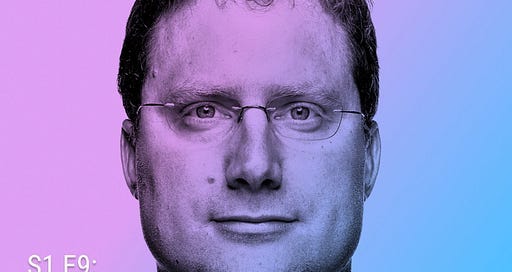
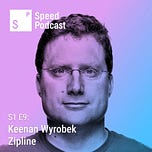

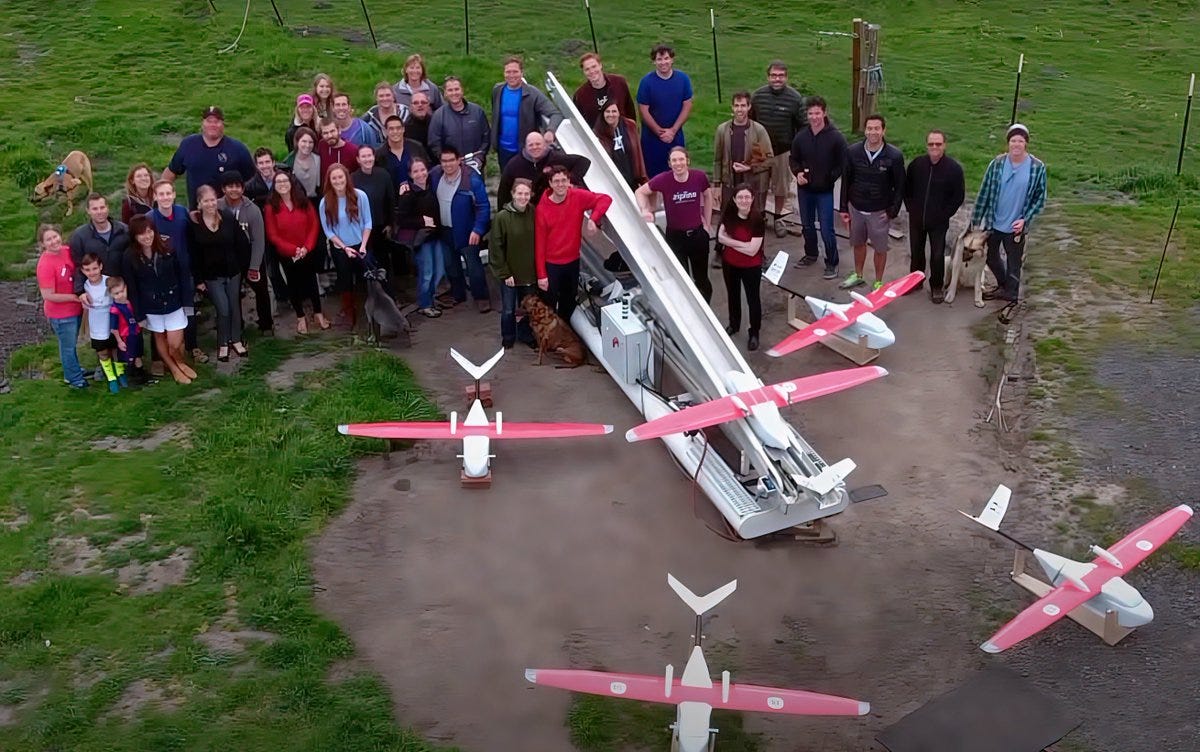
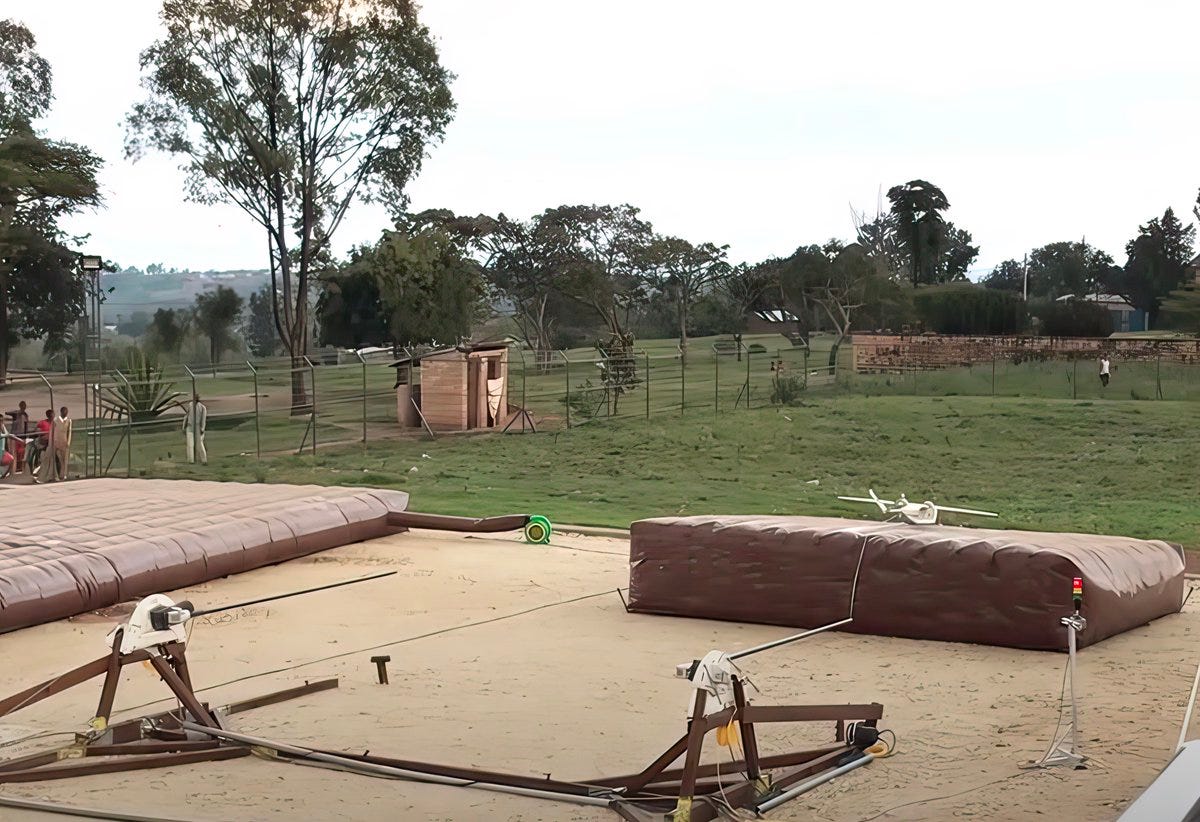
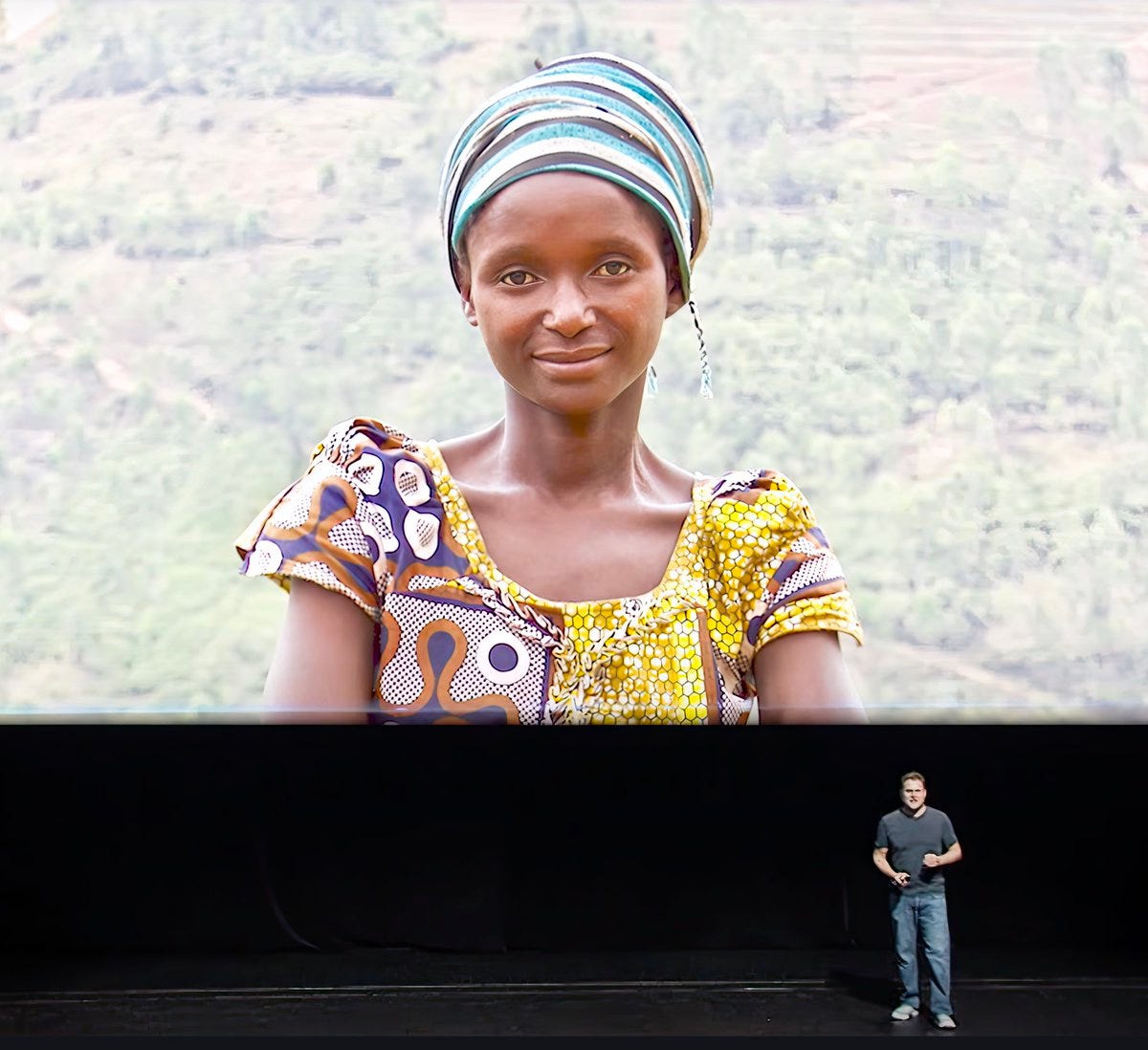




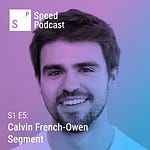


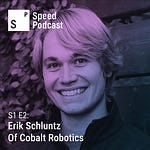
Share this post